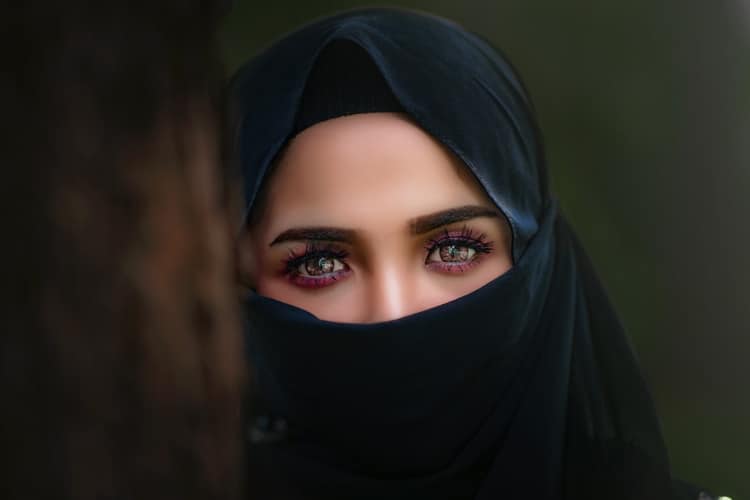
7 Things Your Eye Color Tells You About Your Health
There’s more to eye color than meets the…eye. For one, contrary to what you may have learned in grade school, there’s more than a single gene involved, which is why your specific hazel hue can look so vastly different from your daughter’s, says Rachel Bishop, MD, chief of the consult service section of the National Eye Institute. Though as with skin pigmentation, she says, you’ll see eye color similarities among families and ethnicities (dark eyes are more prevalent in an African population than a Scandinavian one, for example). (Want to pick up some healthier habits? Sign up to get daily healthy living tips and more delivered straight to your inbox!)
What’s more, whether they’re brown, hazel, green, blue, gray, or somewhere in between, your eyes can tell you more about yourself than you might expect—and not just in “the eyes are the windows to the soul” kind of way. Your eye color could dictate your risk for certain diseases, clue you in on your health or even predict how your body handles booze. Read on to get clued in.
Table of Contents
- 1. Dark-eyed people are more likely to have cataracts.
- 2. Vitiligo is less common among blue-eyed people.
- 3. Melanoma is more common in people with blue eyes.
- 4. People with dark eyes may be more sensitive to alcohol.
- 5. Women with light eyes may better withstand pain.
- 6. People with light eyes may be more likely to have age-related macular degeneration.
- 7. Changing eye color could be a sign of something’s wrong.












